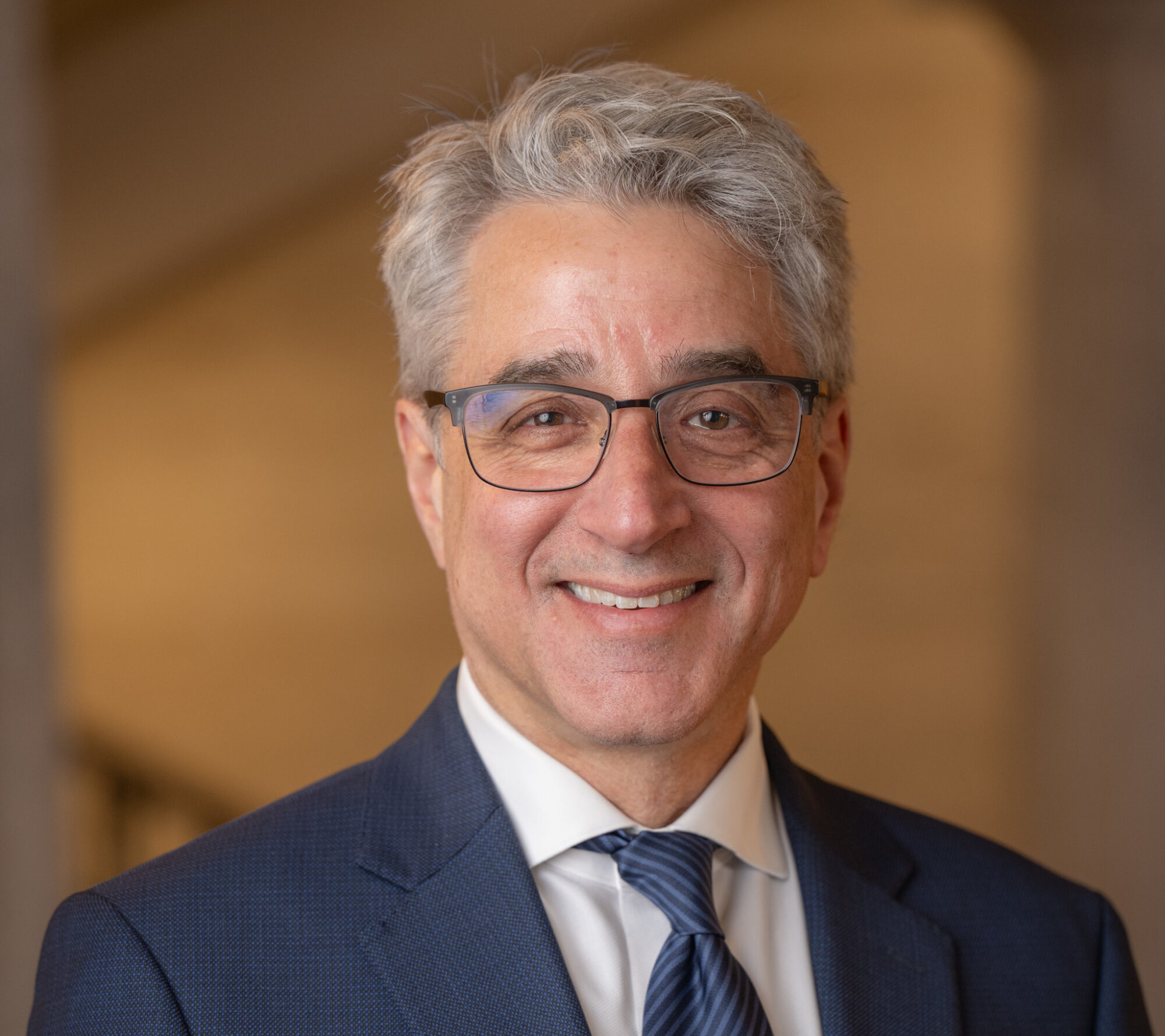PUBLIC RESEARCH:
Innovation that saves lives and improves communities
By Arthur Lupia, Vice President for Research and Innovation
_____________________
Every day, the University of Michigan seizes opportunities to save lives in innovative and remarkable new ways.
This principle is embodied in the career of Dr. Robert Bartlett, a surgeon, inventor, educator and pioneer. He has helped transform intensive care medicine. This work has saved hundreds of thousands of lives.
Driven by a desire to create longer-lasting, safer heart-lung support for patients with organ failure, Dr. Bartlett began developing extracorporeal membrane oxygenation (ECMO) in the 1960s. It was during his tenure at the University of Michigan, starting in 1980, that ECMO evolved into the life-saving medical standard it is today.

In ECMO, blood is pumped outside of the body to a machine that removes carbon dioxide and sends oxygen-rich blood back to the body. It’s used for patients with a variety of life-threatening heart and lung conditions, including heart attack, sepsis, pneumonia and COVID-19.
At U-M, Dr. Bartlett led the surgical intensive care unit and established a world-renowned research team dedicated to advancing these systems. Under his leadership, U-M became a global leader in using ECMO to save the lives of newborns, children and adults. Along the way, his team improved membrane oxygenators, developed wearable artificial lungs and helped expand ECMO’s use as a bridge to recovery in cases of severe respiratory failure.
These breakthroughs not only saved lives – they reshaped critical care and laid the groundwork for future innovations.
A long-standing partnership between the University of Michigan and the federal government made these outcomes possible. Grants from the National Institutes of Health, in particular, have given Dr. Bartlett and his team the opportunity to advance and improve this amazing work for more than five decades. Partnerships like this are vital to scientific progress – the type of progress that accelerates discovery, creates jobs, and saves lives all over our state and nation.
In fiscal year 2024, the University of Michigan reported a record $2.04 billion in research volume, including $1.17 billion in federally sponsored research. That investment supported the work of more than 16,000 people on our campus. Nearly 44% of that workforce were students, with NSF supporting more than 60% of them. NIH supported hundreds of our postdoctoral researchers. This type of support is what our nation needs to ensure that our next generation of scientists and innovators can help us lead the world in a wide range of national priorities.
Research investments also generate a powerful ripple effect across our economy. Last year, U-M spent more than $332 million on goods and services to support federally funded projects. Nearly $98 million of that spending supported Michigan-based companies. These are real dollars creating real jobs in communities across our state.
When we talk about public research, we often focus on breakthrough moments – but progress rarely happens overnight. It takes years of diligence, expertise and collaboration to solve tough problems. When we have focused and forward-looking partnerships with the federal government, we can conduct research that saves and improves lives in ways that strengthen our nation.
In this newsletter, you’ll read about so many of our brilliant, dedicated researchers who are dedicated to U-M’s vital public service mission. You will see dedicated people from all walks of life who are dedicated to tackling society’s greatest challenges, whether it’s advancing human health, building a clean energy future or preparing the next generation of leaders.
Dr. Bartlett’s story reminds us of what’s possible when we work together. A life-saving concept that began as a research idea decades ago became a global standard of care today. Research like this is one of the smartest, most impactful investments we can make for health, for innovation and for our shared future.
